MercoPress. South Atlantic News Agency
Tag: Federal Reserve
-
Thursday, May 25th 2023 - 10:45 UTC
US Federal Reserve divided on how to continue with interest rates, FOMC minutes

US Federal Reserve minutes released this Wednesday showed officials split at their last meeting over how to continue with interest rates: some members saw the need for more increases while others expected a slowdown in growth to remove the need to tighten further.
-
Thursday, March 23rd 2023 - 10:48 UTC
In a display of firmness, the Fed increases the key interest rate by a quarter point
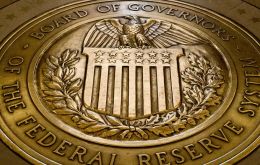
Despite concerns of a possible recession and increased banking turmoil, the U.S. Federal Reserve extended its year-long fight against high inflation on Wednesday by raising its key interest rate by a quarter-point.
-
Wednesday, March 22nd 2023 - 10:35 UTC
Crucial week for the Fed's Powell and the US banking system

Several banking failures in the US this month have raised fears about the health of the financial system. The collapses follow a sharp rise in global borrowing costs, led by the US, which has shocked the world economy and raised worries about a painful downturn known as a recession.
-
Tuesday, March 14th 2023 - 13:51 UTC
Following the failure of Silicon Valley Bank, the Fed and BoE have issued statements

The Federal Reserve Board on Monday announced that Vice Chair for Supervision Michael S. Barr is leading a review of the supervision and regulation of Silicon Valley Bank, in light of its failure. The review will be publicly released by May 1.
-
Saturday, February 11th 2023 - 15:46 UTC
“Tight money ahead for months to come”, anticipates the UD Fed unpleased with inflation
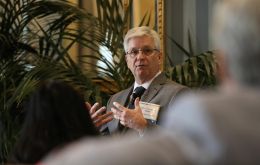
The United States Federal Reserve is not satisfied with the evolution of inflation in the country and has warned the fight is not over, and could possibly result in higher interest rates that those markets are anticipating and despite of growing fears they could lead to a recession.
-
Thursday, February 2nd 2023 - 10:21 UTC
Fed admits inflation cooling, but more evidence needed that “the disinflationary process has started”
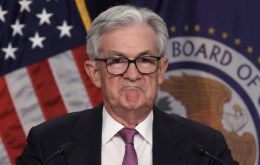
The Federal Reserve following a two day meeting announced it decided on Wednesday to raise its key interest rate a quarter point arguing that although inflation is easing it is still too high, and did not discard further rate hikes could be needed since more evidence is needed to be confident inflation is in a sustained downward path. The increase was the eighth since March.
-
Tuesday, January 10th 2023 - 10:28 UTC
US trade deficit contracts the most in 14 years; fears the Fed is hiking rates too fast

The United States trade deficit contracted by the most in nearly 14 years in November as slowing domestic demand amid higher borrowing costs depressed imports.
-
Thursday, December 15th 2022 - 11:47 UTC
Fed raises interest rates by 50 points to 4,5%, but US inflation at 7,11% is still far from the 2% target
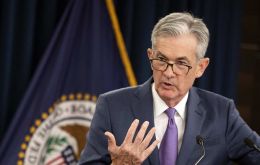
In a unanimous decision the United States Federal Reserve FOMC raised interest rates by half a percentage point on Wednesday, as it continues to battle a stubborn inflation, but the increase was lower than the three-quarter point which it had implemented seven times since last March, from zero to 4,5%.
-
Thursday, September 22nd 2022 - 10:12 UTC
With Fed help and warmonger Putin, Super Dollar is stronger than the Euro
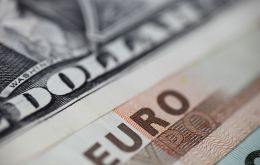
The European Union common currency, the Euro sank to a two-decade low of US$0.9810 on Thursday. It came after Russian President Vladimir Putin ordered the partial mobilization of reservists in an escalation of the war in Ukraine and after the Federal Reserve implemented a 75 basis points increase to the interest rate.
-
Thursday, September 22nd 2022 - 09:04 UTC
Fed's Powell and the unfortunate costs of reducing inflation: third 75 basis points interest rate hike

Challenged by the highest level of inflation experienced in the US in over 40 years, the Federal Reserve decided on Wednesday a third consecutive interest rate hike of 75 basis points, bringing the benchmark rate up to a range of 3.0% to 3.25% from 2.25% to 2.50%.
